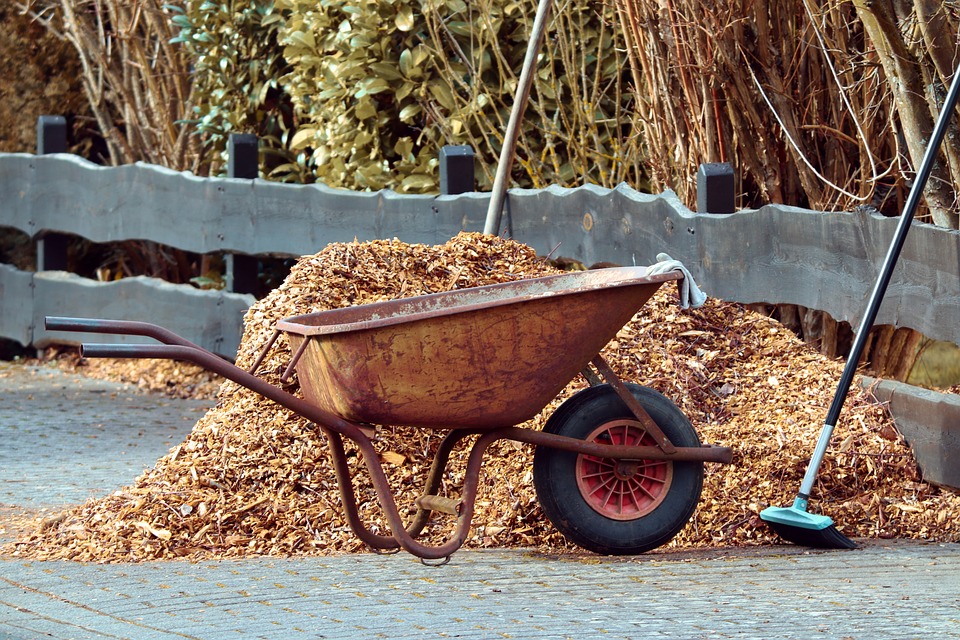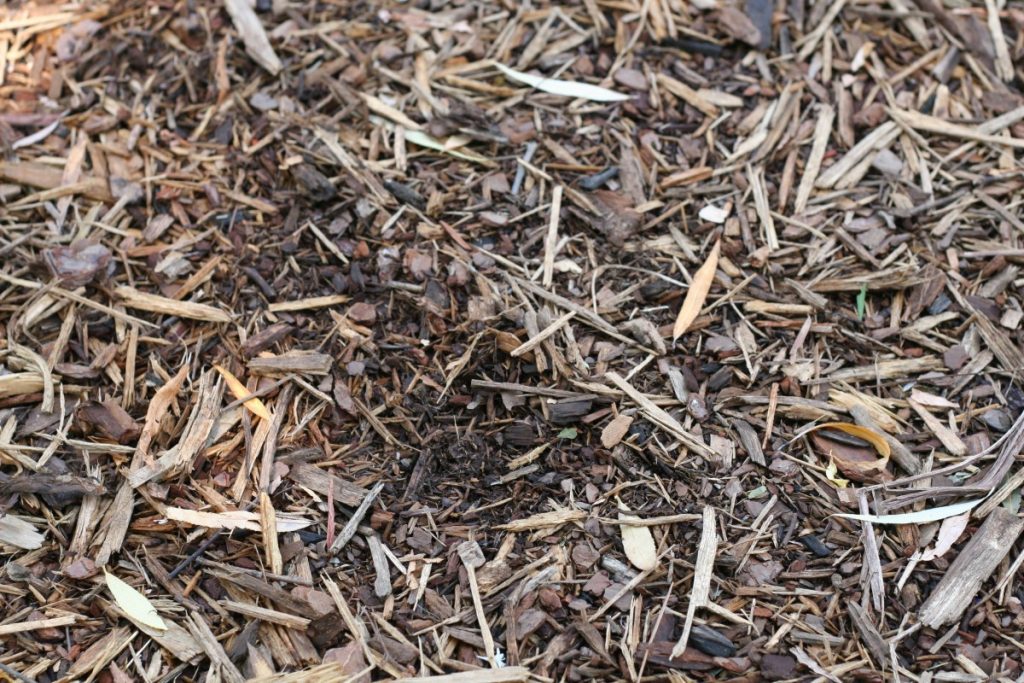
Transforming your garden can seem like a daunting task, but with the right tools and techniques, you can create a beautiful outdoor space that you’ll enjoy for years to come. Whether you’re looking to enhance your soil quality, clear out overgrown areas, or simply add some aesthetic touches, these tips will help you achieve a garden makeover that stands out. Let’s delve into how mulch, delivery services, topsoil, and land clearing can elevate your garden.
Boost Your Soil with Topsoil
Topsoil is the uppermost layer of soil, rich in nutrients and organic matter, making it essential for a healthy garden. Here’s how to effectively use topsoil in your garden:
- Assess Your Current Soil: Before adding topsoil, test your existing soil to determine its composition and nutrient levels. This will help you understand what your garden needs.
- Choose Quality Topsoil: Opt for high-quality topsoil, ideally one that is dark, crumbly, and free of debris. It should have a good mix of sand, silt, and clay to ensure proper drainage and nutrient retention.
- Spread Evenly: Apply a layer of topsoil about 2-4 inches thick over your garden beds. Use a rake to spread it evenly, ensuring it mixes well with the existing soil.
- Plant Appropriately: After adding topsoil, plant your seeds or transplants as usual. The enriched soil will provide the necessary nutrients for healthy plant growth.
Enhance Aesthetics and Soil Health with Mulch

Mulching is an effective way to improve the look of your garden while also benefiting your plants. Mulch helps retain moisture, suppress weeds, and regulate soil temperature.
- Select the Right Mulch: Choose organic mulches like wood chips, straw, or compost. These will break down over time and add nutrients to your soil. For decorative purposes, you can also consider inorganic options like gravel or stones.
- Prepare the Area: Clear the area of weeds and debris before applying mulch. This will ensure that the mulch can do its job effectively.
- Apply Mulch Correctly: Spread a 2-3 inch layer of mulch around your plants, being careful not to pile it up against the stems or trunks. This can cause rot and other issues.
- Reapply as Needed: Organic mulches decompose over time, so you’ll need to add more periodically to maintain the benefits. Check your mulch layer every few months and replenish as necessary.
Simplify Your Projects with Delivery Services
Delivery services can save you time and effort, especially when dealing with large quantities of topsoil, mulch, or other garden supplies. Here’s how to make the most of these services:
- Plan Ahead: Determine how much material you need by measuring your garden space and calculating the required volume. Most suppliers provide calculators on their websites to help you with this.
- Schedule Conveniently: Arrange for delivery at a time when you can be present to oversee the drop-off. Ensure there is a clear path to where you want the materials placed.
- Prepare the Site: Clear an area in your yard for the delivery. This will make it easier to distribute the materials where they are needed.
- Use Efficiently: Once delivered, try to use the materials as soon as possible to avoid any potential issues with weather or pests. Having a clear plan for their use will help streamline the process.
Clear the Way with Land Clearing
Land clearing is essential for transforming overgrown or unused parts of your garden. It involves removing trees, shrubs, and other vegetation to prepare the area for new landscaping.
- Evaluate Your Needs: Decide which areas need clearing and what you plan to do with the space afterward. This will help you determine the extent of the clearing required.
- Hire Professionals: For large or complicated projects, it’s best to hire professionals who have the necessary equipment and expertise. They can handle the job safely and efficiently.
- DIY Clearing: For smaller areas, you can do the clearing yourself. Use tools like pruners, loppers, and a chainsaw to remove unwanted vegetation. Wear protective gear and follow safety guidelines.
- Dispose of Debris: Properly dispose of or recycle the cleared vegetation. Many areas have services that will pick up yard waste, or you can use a chipper to create mulch from the debris.
Maintain Your Transformed Garden
After transforming your garden, ongoing maintenance is key to keeping it looking its best. Here are some tips:
- Regular Watering: Ensure your plants receive adequate water, especially during dry periods. Use a drip irrigation system or soaker hoses to conserve water and deliver it directly to the roots.
- Fertilize Appropriately: Use organic fertilizers to provide your plants with the nutrients they need. Follow the recommended application rates to avoid over-fertilizing.
- Weed Control: Keep weeds at bay by regularly pulling them out and maintaining a good layer of mulch. Weeds compete with your plants for nutrients and water.
- Prune and Trim: Regularly prune and trim your plants to promote healthy growth and maintain their shape. Remove dead or diseased branches to prevent the spread of pests and diseases.
Transforming your garden is a rewarding project that can enhance the beauty and functionality of your outdoor space. By using topsoil, mulch, delivery services, and land clearing effectively, you can create a garden that is not only visually appealing but also healthy and sustainable. Start planning your garden makeover today and enjoy the benefits of a well-maintained and beautiful garden.
